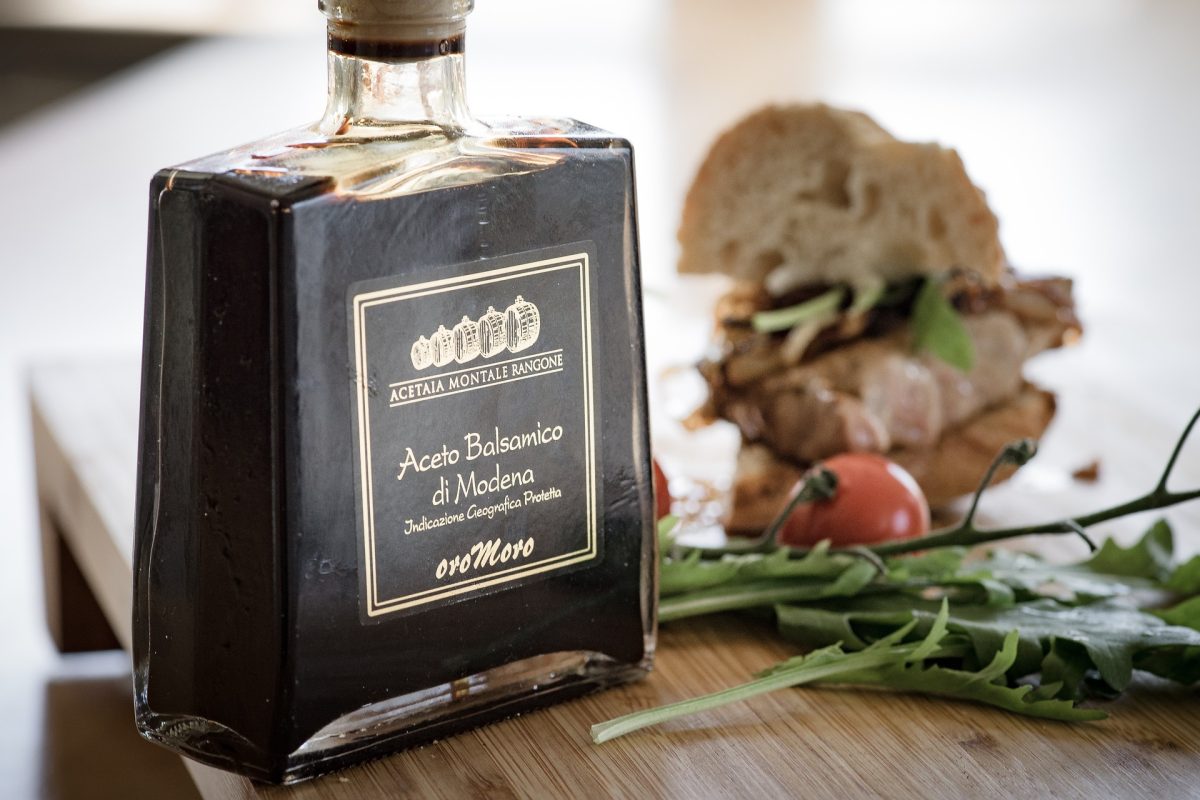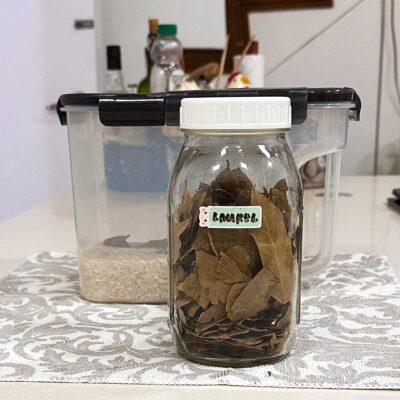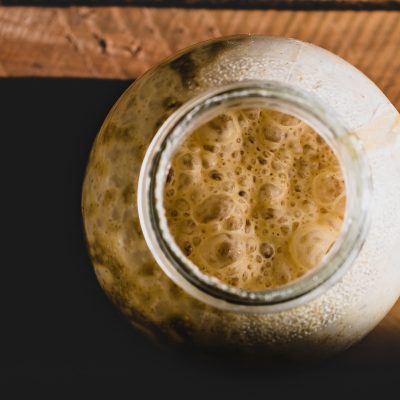During the mid-90s when cable TV was new in this part of the world, there was program on Discovery Channel called Caprial’s Cafe. It was from Caprial Pence, the show’s host, that I first heard about balsamic vinegar. I distinctly remember her saying that if you can’t get hold of balsamic vinegar for a recipe, then, just omit it because there is no substitute.
Before globalization and the implementation of various trade agreements that relaxed import and export policies between countries, balsamic vinegar was very, very hard to find in this country. And on the rare occasions that we found it, the price made us cringe.
Today, commercial grade balsamic vinegar is available in most groceries and although it is priced higher than other gourmet vinegars, a small bottle is quite affordable.
What makes balsamic vinegar so special? What makes it different from other vinegars?
The answer is why I referred to balsamic vinegar we find in groceries as “commercial grade”.
After reading a dozen articles on the subject (some where useless), it all boils down to this:
Balsamic vinegar is made by cooking and reducing grape juice, and aging the reduction in wood barrels. It is essentially an artisan product.
Balsamic vinegar is classified into “tradizionale balsamic vinegar”, “condimento balsamic vinegar” and “balsamic vinegar of Modeno”.
Traditional balsamic vinegar, aged for at least twelveyears, is produced by or under the supervision of two consortia in the towns of Modeno and Reggio Emilia in Italy.
Condimento balsamic vinegar is aged for less than twelve years or not made under the supervision of the consortia, or both.
In short, balsamic vinegar is like wine. The longer the aging, the more rare and the more highly prized it is.
Balsamic vinegar of Modeno — the ones we often find in the grocery — is “commercial grade” balsamic vinegar. Or, to call a spade a spade, it is imitation balsamic vinegar. Some brands are good; some are lousy. Some don’t even undergo the aging process. In some cases, the liquid in the bottle is just grape juice plus vinegar plus coloring plus caramel.
Now, to go back to Caprial Pence’s advice — when she said just omit balsamic vinegar if unavailable because there is no substitute for it, what could she have meant? Was her peg the “tradizionale balsamic vinegar” or was she talking about commercial grade balsamic vinegar? It’s been around two decades since I saw her show and I can’t remember anymore if her bottle of balsamic vinegar carried that tradizionale stamp.
For most of us who have only experienced commercial grade balsamic vinegar and who still have little, if not non-existent, access to the real thing, I suppose we’re not in a position to know how much more flavorful and finer tradizionale balsamic vinegar is. Our only concern is to identify brands of “Balsamic vinegar of Modeno” that taste good enough for our purposes.




